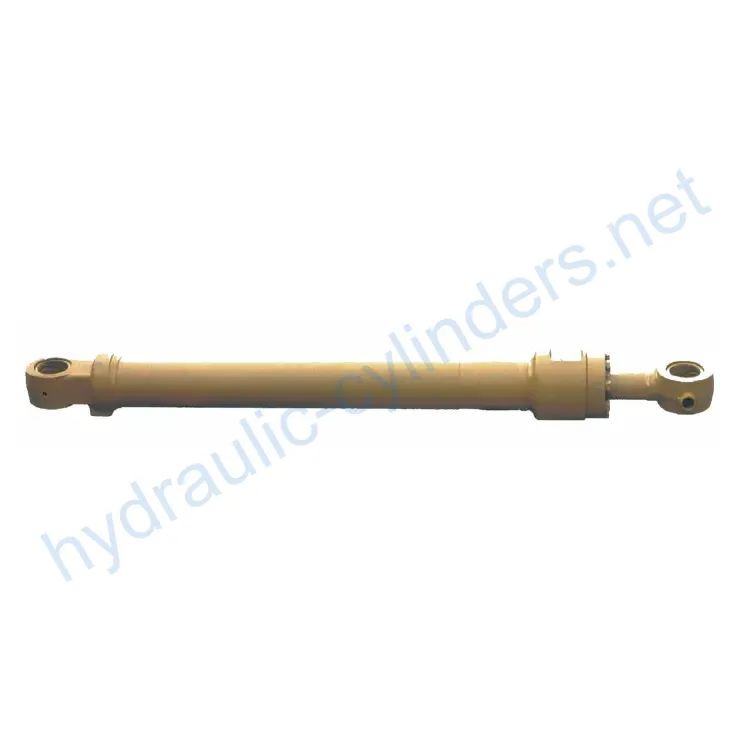Boom Cylinder For Aotai AT180E-9
Como um dos fabricantes, fornecedores e exportadores de produtos mecânicos de cilindros hidráulicos, oferecemos cilindros hidráulicos e muitos outros produtos.
Entre em contato conosco para obter detalhes.
Correio eletrônico:sales@hydraulic-cylinders.net
Fabricante, fornecedor e exportador de cilindros hidráulicos.
Boom Cylinder For Aotai AT180E-9
Product Overview
The Boom Cylinder for Aotai AT180E-9 is a specialized hydraulic cylinder designed to control the movement of buckets in various heavy machinery such as excavators, backhoe loaders, and front loaders. This hydraulic cylinder enables the bucket to lift, lower, and tilt, facilitating efficient material handling tasks. The bucket cylinder is critical in hydraulic systems, providing the necessary force and control for a range of operations in construction and agriculture. Its role is essential in ensuring that machinery operates smoothly and effectively, making it a vital component in heavy equipment.
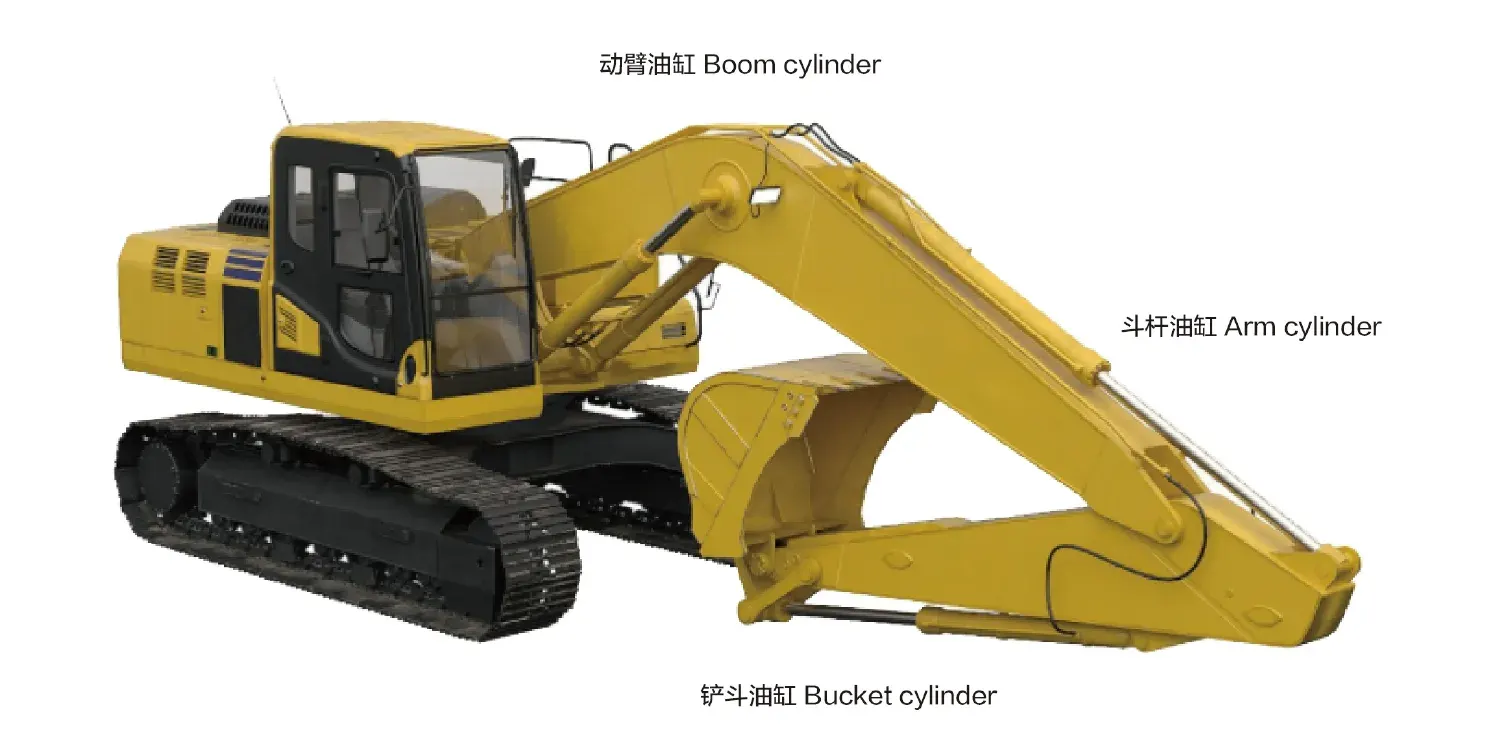
Features of the Boom Cylinder
- High Strength and Durability: Typically constructed from high-strength steel or aluminum, these cylinders can withstand high pressure and heavy loads while adapting to harsh working environments. They are designed with wear resistance and corrosion resistance in mind, extending their operational lifespan.
- Efficient Hydraulic Operation: The boom cylinder utilizes hydraulic oil pressure to achieve smooth extension and retraction motions, responding quickly to operational commands and providing significant pulling and pushing force, making it suitable for handling heavy and complex tasks.
- Diverse Types: Available in single-acting (hydraulic operation in one direction) or double-acting (hydraulic operation in both directions) configurations to meet various operational needs. Some models are telescopic, allowing for greater extension without increasing external dimensions, which is ideal for applications with limited space.
- Custom Production: We manufacture this product, and our cylinders can perfectly replace existing hydraulic cylinders for various models, ensuring compatibility and performance.
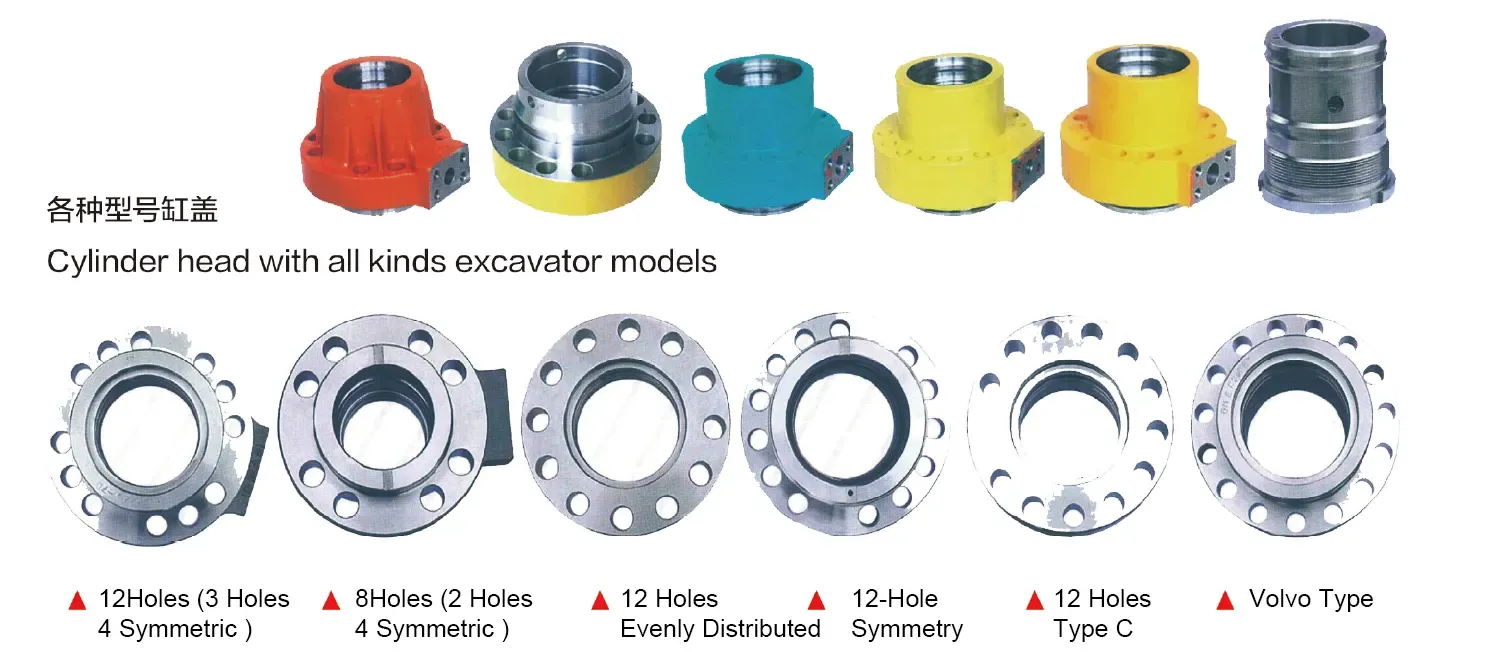
Application Scenarios
Construction Equipment
In construction equipment such as excavators, boom cylinders are crucial for digging, loading, and moving soil or debris. They enable the bucket to penetrate the ground, making excavation tasks easier and more efficient. In backhoe loaders, these cylinders assist in both digging and lifting, providing versatility to the machine and enhancing productivity on job sites.
Agricultural Machinery
In front-end loaders, boom cylinders are used for scooping, lifting, and transporting soil, hay, and other materials. They facilitate the various tasks required in agricultural operations, allowing for effective material handling and enhancing productivity in farming activities.
Excavators
In excavators, the boom cylinder allows the bucket to penetrate the soil, achieving digging actions with precision and power. This capability is essential for tasks ranging from foundation digging to trenching, where accuracy and strength are crucial for successful completion.
Loaders
In front loaders, these cylinders help lift and dump materials efficiently. They are integral for moving bulk materials, ensuring that loading and unloading processes are carried out rapidly and effectively, thus optimizing productivity.
Design Considerations and Selection Criteria
Load Capacity
The load capacity of a boom cylinder is a fundamental characteristic that must be evaluated based on the specific application and operating conditions. Understanding the weight of the materials being handled and the maximum loads that the machinery will encounter is vital for selecting an appropriately rated cylinder. This ensures that the cylinder can operate safely and effectively under all expected conditions.
Sealing
Sealing is critical in hydraulic applications to prevent leaks and maintain pressure. Hydraulic cylinders must be equipped with high-quality seals that are suitable for the operating environment. The choice of materials, such as polyurethane or nitrile rubber, can significantly affect the performance of the seals. Proper sealing ensures that the hydraulic system operates efficiently and prolongs the life of the cylinder.
Durability
Durability is a key consideration when selecting a boom cylinder, as these components often operate in harsh conditions. They should be designed to resist wear and tear, as well as corrosion from exposure to various environmental factors. The manufacturing process should include rigorous testing to ensure long-lasting performance, minimizing the need for frequent replacements and repairs.
Safety
Safety features must be integrated into the design of hydraulic cylinders to prevent failures that could lead to accidents. This includes robust construction and fail-safe mechanisms that ensure the cylinder can withstand unexpected loads. Regular maintenance and safety checks should be conducted to ensure that all safety features are functioning correctly.
Manutenção
Maintenance is an essential aspect of ensuring the longevity and performance of hydraulic cylinders. Easy access for inspection and replacement of parts should be considered in the design phase. Regular maintenance routines should be established, including checks for leaks, wear, and proper functionality, to avoid costly breakdowns and ensure optimal performance.

Sealing and Lubrication
Hydraulic cylinders utilize various seals, such as piston seals and rod seals, to maintain pressure and prevent leaks. These seals are often made from durable materials like polyurethane and nitrile rubber, which resist wear and provide excellent sealing capabilities. The cylinder body and threaded ends are precision machined to enhance durability and reduce wear. It’s essential to regularly lubricate the cylinder with the appropriate hydraulic oil to ensure smooth operation and prevent damage due to friction. This lubrication should be performed at intervals based on usage and environmental conditions to maintain optimal performance.
Preventive Maintenance Measures
- Inspeções regulares: Conducting routine inspections helps identify wear and potential issues before they escalate. Check for leaks, wear on seals, and proper function of the cylinder.
- Appropriate Lubrication: Ensure that the cylinder is adequately lubricated with the correct hydraulic oil. This minimizes friction and wear, prolonging the life of the cylinder.
- Seal Replacement: Over time, seals can wear out and may need replacement. Regularly assess seal integrity and replace them as necessary to maintain performance.
Installation Guidelines
Installing a boom cylinder correctly is essential for ensuring optimal performance and longevity. Begin by selecting the right mounting brackets for the cylinder and ensuring they are compatible with the machine. Before installation, verify that the cylinder is clean and free from debris. Align the cylinder carefully with the mounting points, ensuring that it is straight and secure. Use the appropriate hardware to fasten the cylinder, and avoid overtightening as this may lead to damage. After installation, check the hydraulic connections for leaks and ensure that the system is filled with the correct hydraulic fluid. Finally, perform a functional test to ensure that the cylinder operates smoothly.
Common Maintenance Tasks
Inspeções regulares
Regular inspections are vital for identifying and addressing potential issues before they affect performance. Inspect the cylinder for leaks, cracks, or wear, and ensure that all components are secure. This proactive approach can prevent costly repairs and downtime.
Proper Lubrication
Lubrication is essential for maintaining the performance of hydraulic cylinders. Ensure that the correct type of hydraulic oil is used, and apply it at recommended intervals. Proper lubrication reduces friction, minimizes wear, and prolongs the life of the cylinder, ensuring it operates efficiently.
Seal Replacement and Calibration Checks
Over time, seals can degrade, leading to leaks and reduced efficiency. Regularly check the seals for signs of wear and replace them as needed. Calibration checks should also be performed to ensure that the cylinder operates within its specified parameters, which is crucial for safe and efficient operation.
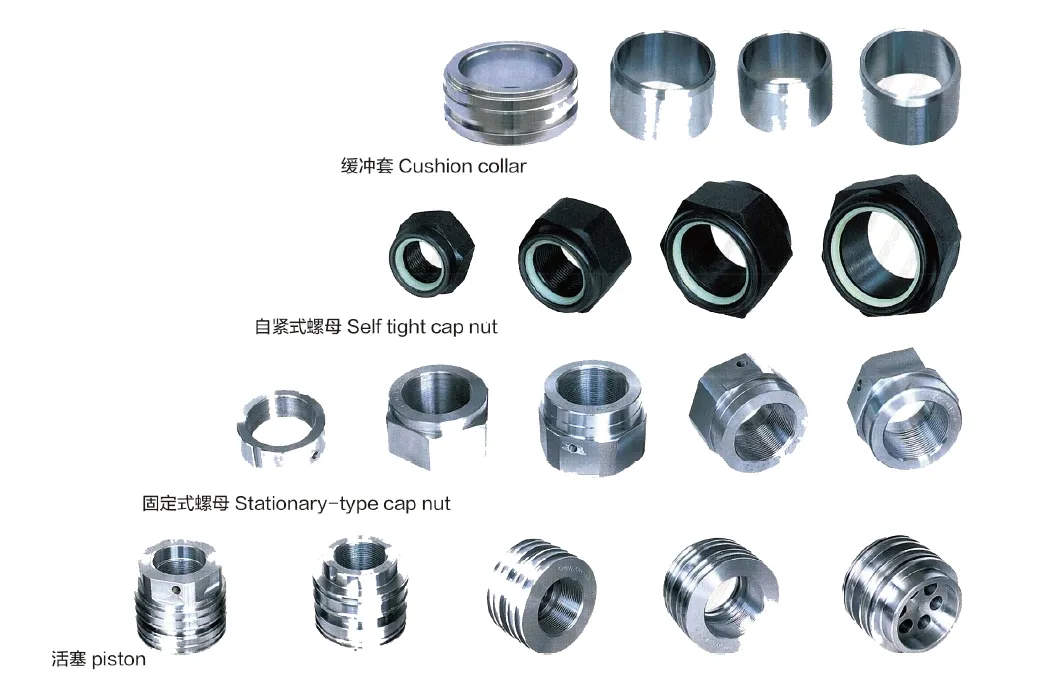
Safety Considerations and Environmental Factors
When working with hydraulic cylinders, safety measures are of paramount importance. Operators should be trained to understand the potential hazards associated with hydraulic systems, including the risk of sudden pressure release and flying debris. Proper protective gear should be worn at all times, and safety protocols should be in place to prevent accidents. Additionally, environmental factors such as temperature extremes and exposure to corrosive substances should be considered, as these can impact the performance and longevity of hydraulic cylinders.
Fault Diagnosis and Common Issues
- Leakage: One of the most common issues with hydraulic cylinders is leakage. This can occur due to worn seals or damaged cylinder bodies. Identifying the source of the leak and replacing the affected seals or components is essential.
- Performance Issues: If the cylinder is not extending or retracting smoothly, it may be due to low hydraulic fluid levels, air trapped in the system, or internal damage. Checking fluid levels and ensuring proper bleeding of the system can resolve these issues.
- Noise: Unusual noises during operation can indicate a problem with the cylinder. This could be due to insufficient lubrication or mechanical issues within the cylinder. Regular maintenance can help prevent noise-related problems.
Addressing these common issues promptly can help maintain the performance and efficiency of hydraulic cylinders. Understanding the underlying causes of these problems allows for effective troubleshooting and preventive measures.
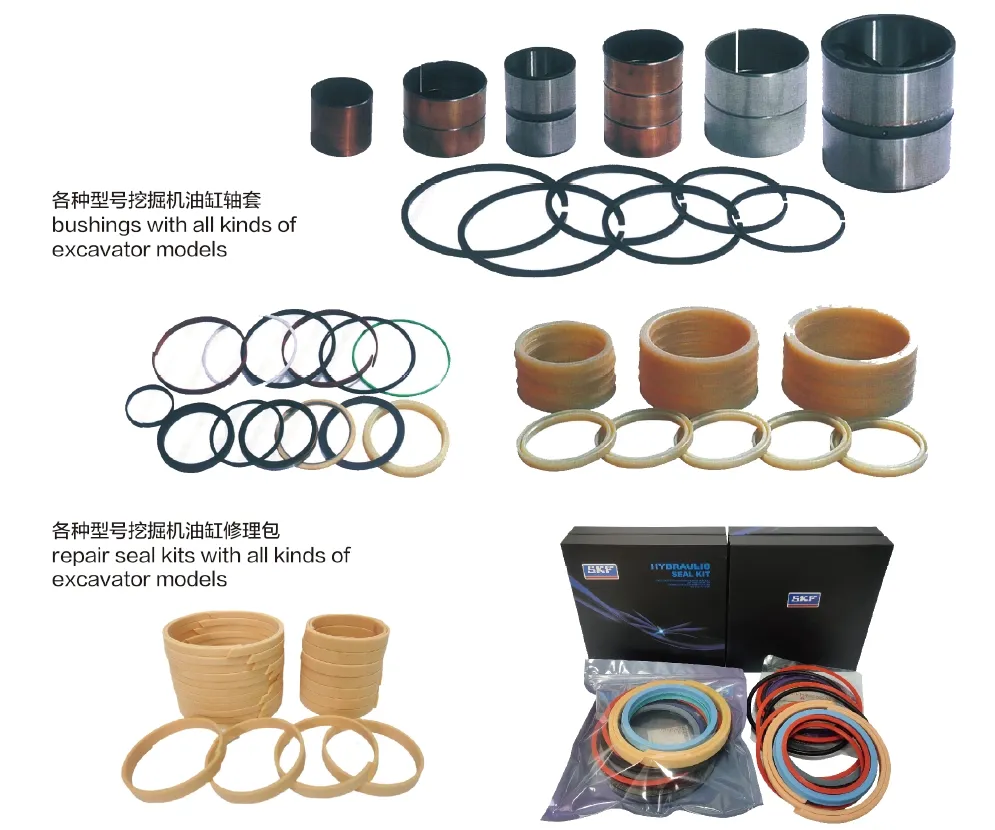
Company Overview
We are a leading manufacturer of replacement hydraulic cylinders, offering a comprehensive range of products that cater to both domestic and international markets. Our commitment to quality is evident in our state-of-the-art manufacturing facilities and adherence to stringent production management strategies. Leveraging advanced technology and skilled personnel, we continuously improve our manufacturing processes to enhance product quality and meet diverse customer needs. Our dedication to excellence has established us as one of the foremost hydraulic cylinder manufacturers and wholesalers worldwide.
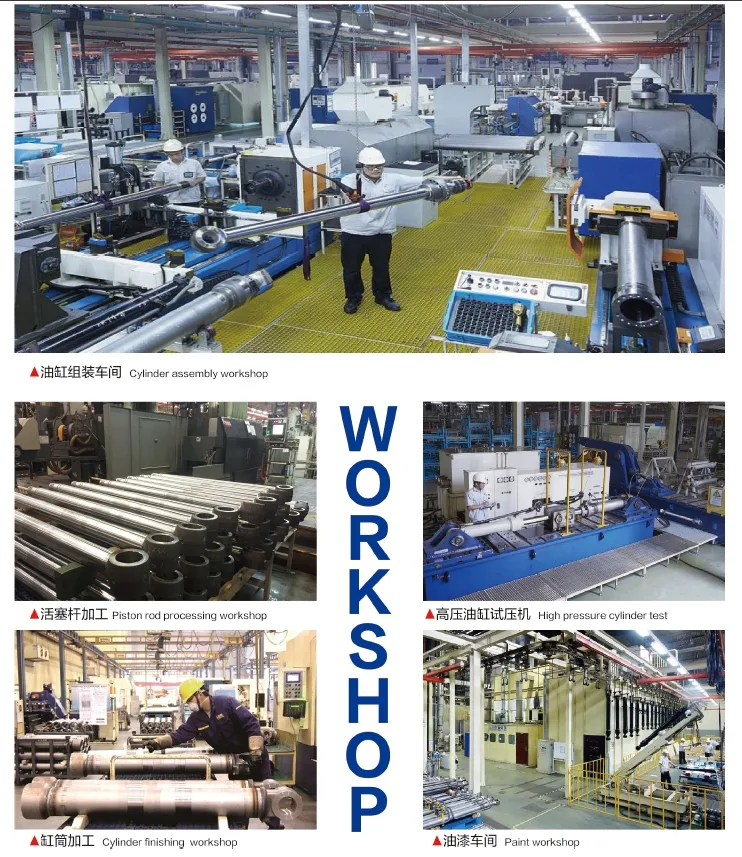
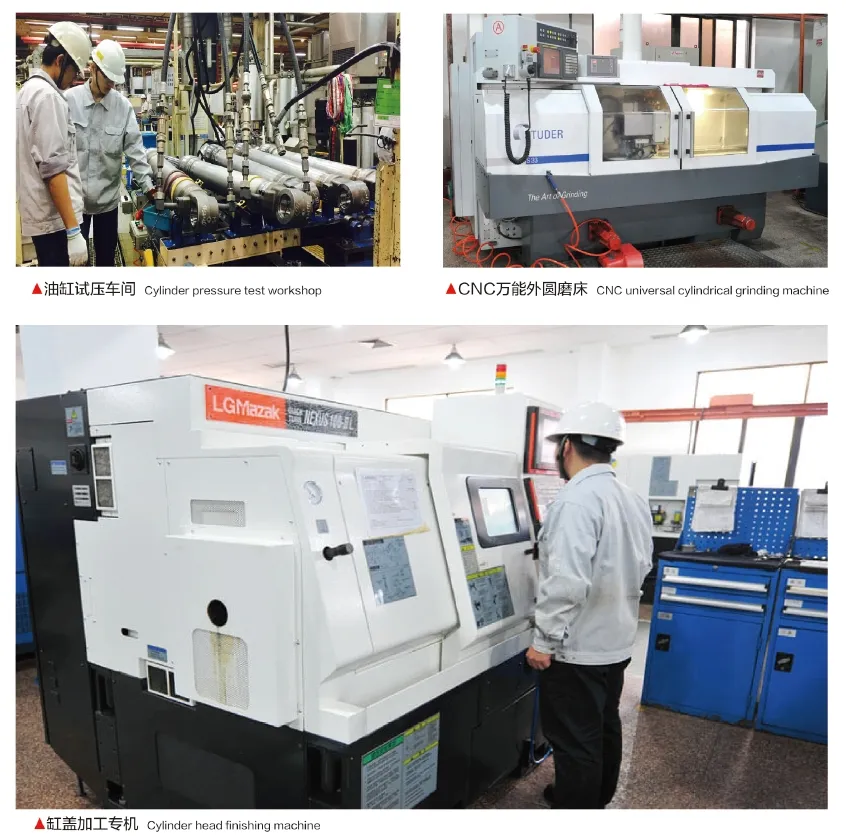
Author: lyl
Faça um tour pela nossa fábrica de RV:
Faça um tour pela nossa fábrica de RV com o seguinte
Cilindro hidráulico Aplicação:


